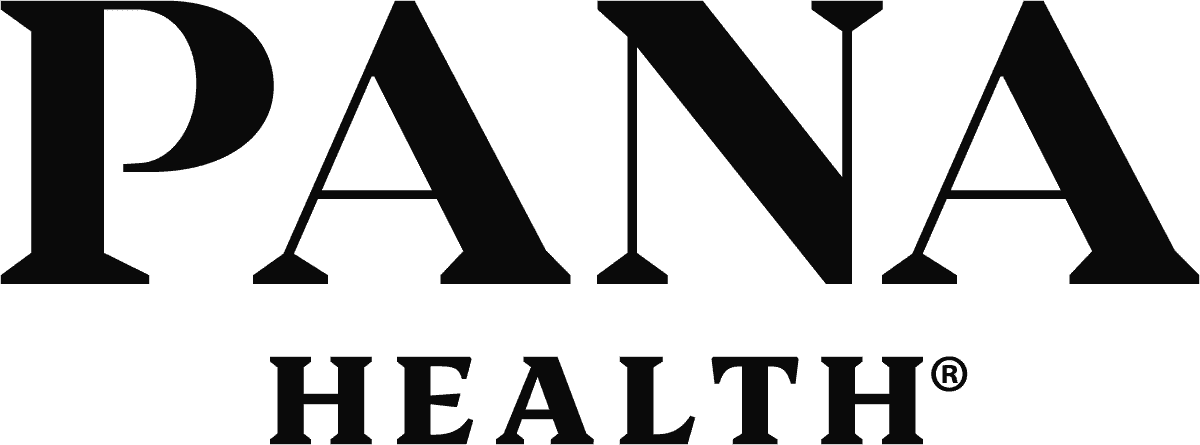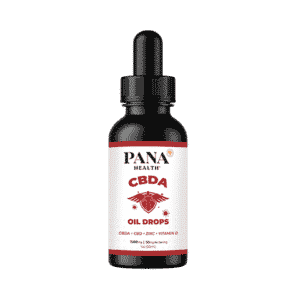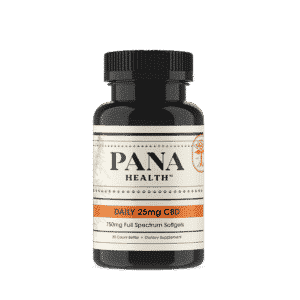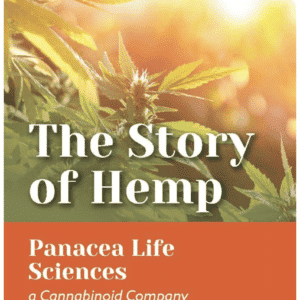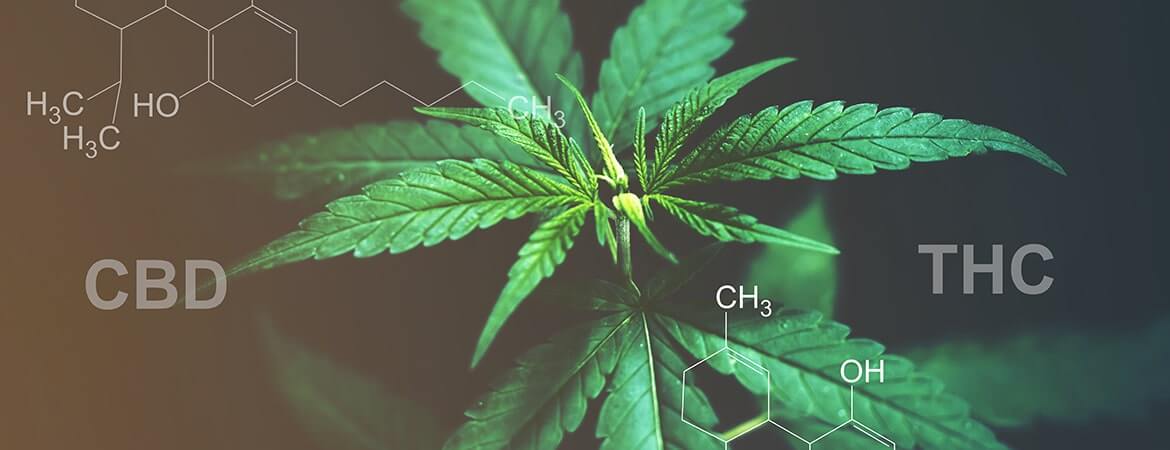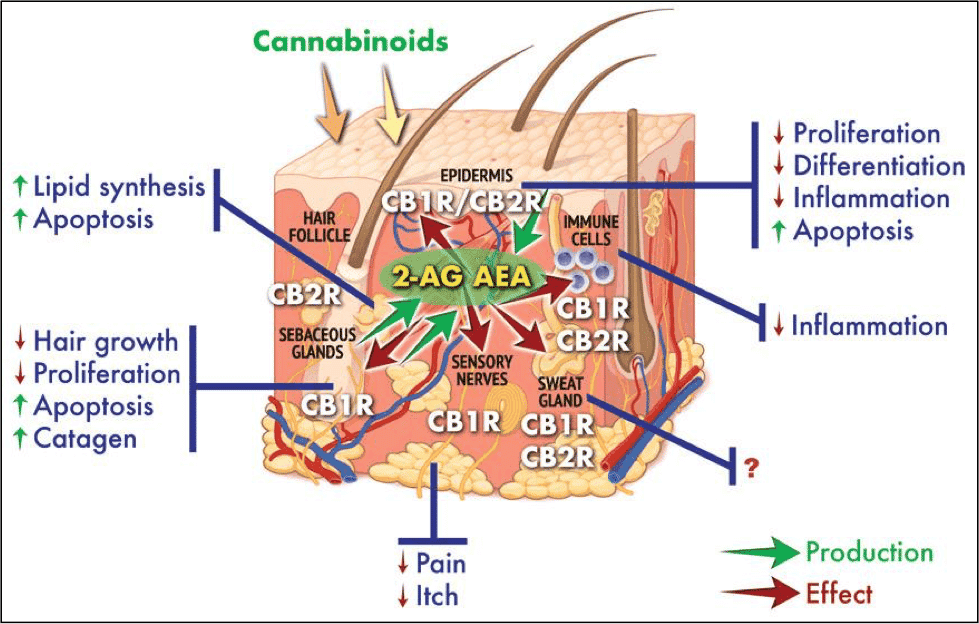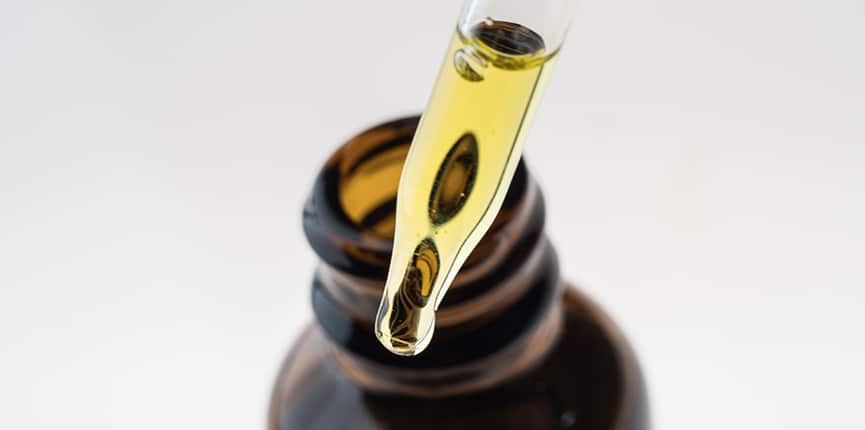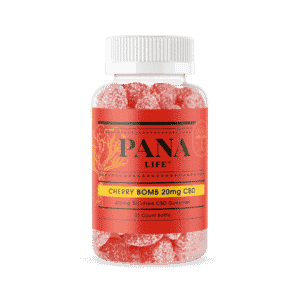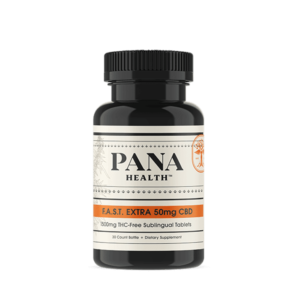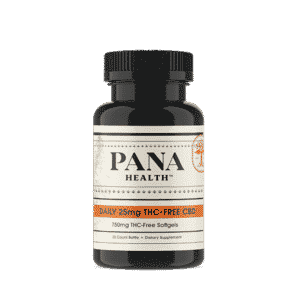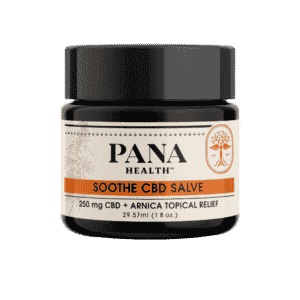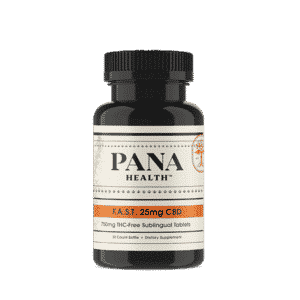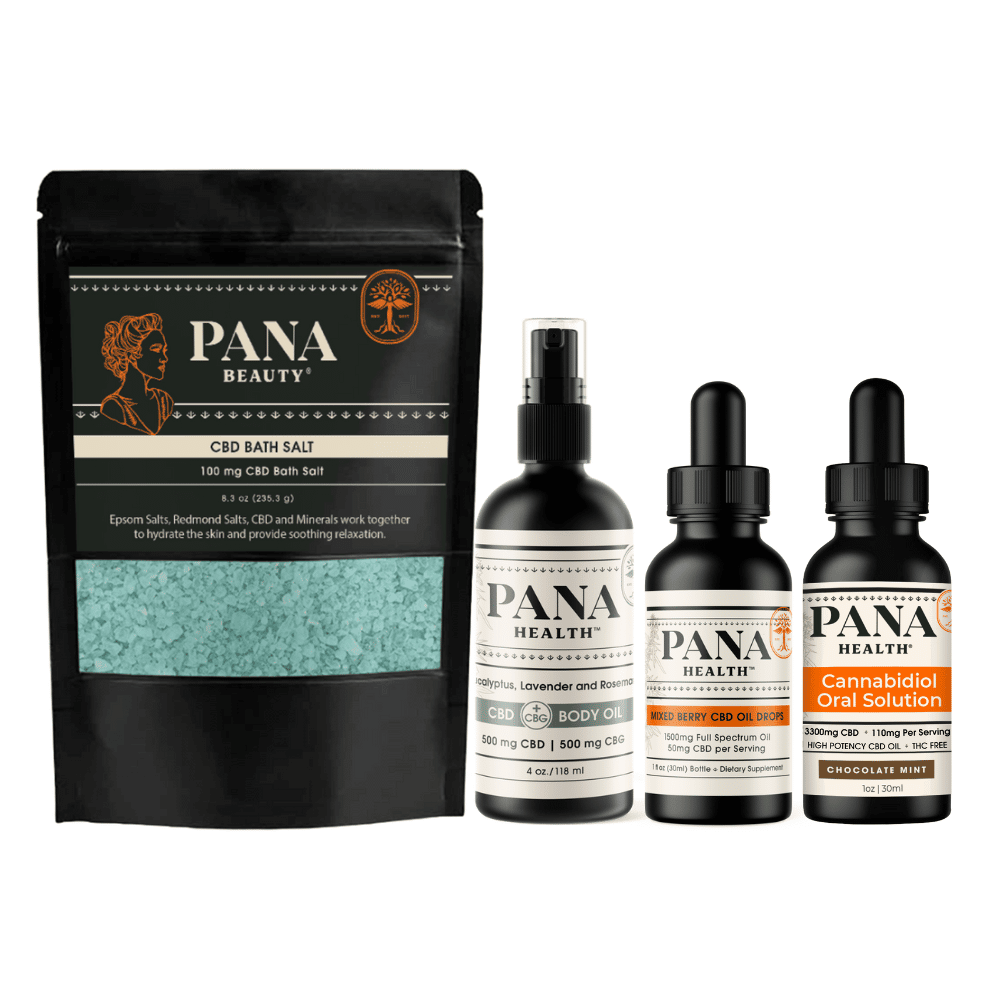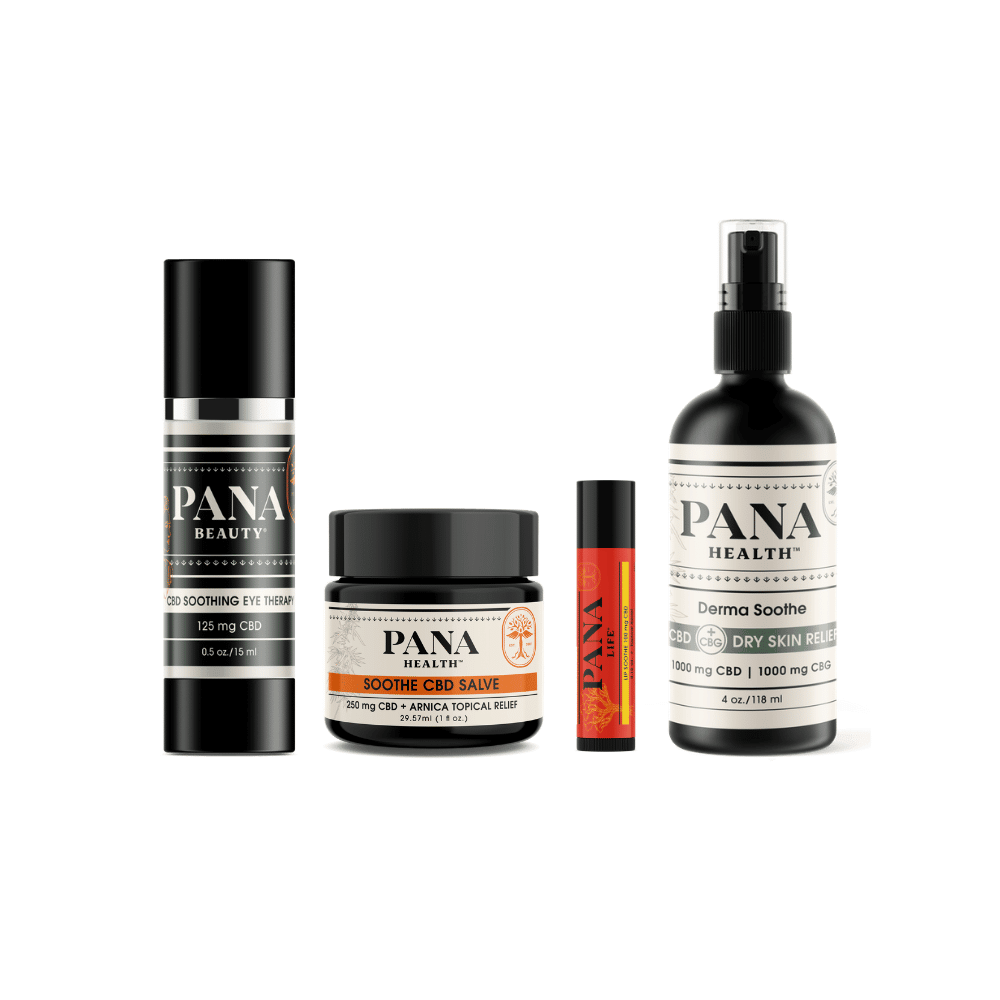CBD has surged in popularity over the past few years. With CBD being federally legal (as well as several countries around the world), supply and demand for CBD have exploded. However, all the information about CBD and CBD products might be overwhelming to those who are new to the world of CBD. This article will introduce beginners to what CBD is, how it works within your body and the different types of CBD products.
Defining CBD for Beginners
CBD stands for Cannabidiol, which is a non-psychoactive compound found in the Cannabis plant. Over 500 compounds are found within this plant, and approximately 113 of them are Cannabinoids. Most people are familiar with THC (tetrahydrocannabinol), the psychoactive cousin of CBD, which creates the feeling of being high. Within the Cannabis plant, THC is a precursor to another cannabinoid, CBN, or Cannabinol. As the plant gets older, its THC compounds start breaking down into CBN.
Humans have Cannabinoid receptors throughout the body that are part of the Endocannabinoid system. These receptors are even found in your brain! Cannabinoid receptors are involved in regulating bodily processes such as appetite, memory, pain, and mood. Your body actually creates natural Cannabinoids called Endocannabinoids, given that they are produced endogenously (originating within a system such as an organism, tissue, or cell).
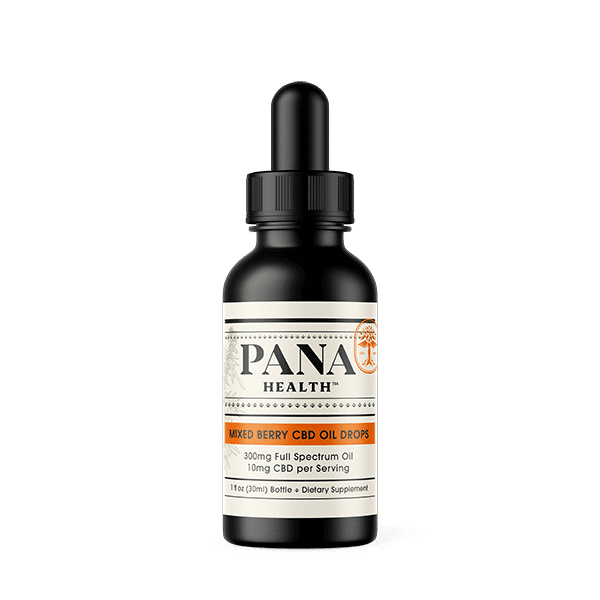
The two primary Cannabinoid receptors in the body are called CB1 and CB2 receptors. Most of the CB1 receptors are part of your central nervous system but are also located in a few other parts of the body as well. CB2 receptors help support your immune system and reduce pain. Aside from CB1 and CB2, CBD interacts with over 70 receptors and enzymes in your body to regulate a wide array of physiological functions.
What are the Effects of CBD?
If you’re a CBD beginner, you’re probably most interested in how CBD affects your physical and mental health. First, you need to understand a little bit about how CBD works within your body to understand its effects. The Cannabinoid receptors mentioned earlier (CB1 and CB2) are not actually activated by CBD because the compound does not bind with these receptors directly; THC is the compound that binds with those receptors.
However, CBD does stimulate the a large number receptors such as the receptors for serotonin, vanilloid, and adenosine. It also could activate the receptors in your body that regulate body temperature, inflammation levels, and how you perceive pain. CBD even suppresses the psychoactive effects that occur when the CB1 receptor is active. The overall purpose of the endocannabinoid system is to restore homeostasis, normalcy, and bring the body back into balance.
With regard to the receptors that CBD activates, adenosine helps reduce the amount of inflammation in your body. It also stimulates dopamine and glutamate neurotransmitters, which are key for the optimal functioning of your body. For example, dopamine is responsible for your motor and cognitive functions and may even help motivate you — glutamate aids in memory, learning, and cognitive function. CBD may affect your serotonin receptor, allowing you to have a more positive mood.
How CBD is extracted from the plant
Any natural oil is extracted from a plant by using a solvent to separate the plant matter from the oil. CBD oil is extracted from two types of Cannabis plant: Hemp, which contains very low levels of THC, or Marijuana plants containing high levels of THC. The majority of businesses extract CBD oil from low-THC industrial Hemp. This is so they stay in line with the current laws in places where CBD is legal. In the United States, Hemp plants must contain less than .3 percent THC to be classified as Hemp. The two most popular methods for extracting CBD oil are carbon dioxide (CO2) extraction or chemical extraction.
When a CO2 extraction is performed, the Cannabis plant is shredded then processed through a number of chambers in the extraction machine. Pressure and low temperature is used to create liquid CO2, which then infuses the ground hemp plant matter and solubilizes the hemp oil. The machine squeezes the oil out of the plant matter, and the different chambers work to purify and refine the CBD extract. In a chemical extraction, an ethanol solvent is used to help extract the oil from the plant material. The ethanol binds with both the water- and fat-soluble compounds to create the CBD extract.
In the plant, CBD is stored as an acidic form, CBDA, that is used to protect the plant from pests and herbivores. In our body, CBDA is relatively inert, so manufacturers will convert CBDA to CBD using a process called decarboxylation. This is an important step because if you ingested hemp plant material or oil raw you would not have active CBD in your body. The same is true for THC from marijuana where you would not feel psychoactive effects without decarboxylation.
The Difference Between Full-Spectrum, Broad-Spectrum, & Isolate CBD
Another important aspect of CBD that a beginner should know is the difference between Full-Spectrum, Broad-Spectrum CBD, and Isolate CBD forms. This distinction will come in handy when browsing available CBD products. You will likely find that certain products state they contain Full or Broad-Spectrum CBD, with others using CBD isolates. That begs the question, what’s the difference between the two?
Full-Spectrum & Broad-Spectrum CBD
Full-Spectrum CBD oil maintains all the compounds of the Cannabis plant and was extracted from the original ratios. It is a holistic way to take CBD as it was created directly from the original source. However, be aware that Full-Spectrum CBD oil may also contain THC depending on where you live and the legality of recreational and medicinal Marijuana. Broad-Spectrum CBD oil, on the other hand, contains all the Cannabinoids found in Full-Spectrum CBD without the THC.
These types of CBD provide the added bonus of ingesting the 100+ other Cannabinoids contained in the Cannabis plant in addition to its resin. The resin has a wide array of beneficial compounds that include phytocannabinoids, flavonoids, terpenes, and antioxidants. These compounds then work together to increase the effects that each one would produce on their own, known as “the entourage effect.”
Full or broad-spectrum oil will contain multiple cannabinoids, terpenes and flavonoids, all of which contribute to the health benefits of the CBD oil Terpenes are what gives Marijuana and Hemp it distinctive smell and are present in all aromatic plants. For example, pinene is present in fir trees, limonene in lemons, each of which gives those plants distinctive aromas. Flavonoids as you might guess give CBD Oil its taste.
As you can see, Full-Spectrum CBD oil comes with quite a few extra goodies on top of Cannabidiol.
CBD Isolate
The purification process for a CBD isolate removes any other terpenes, flavonoids, Cannabinoids, and other compounds from the CBD oil, leaving you a slightly bitter tasting and odorless version of CBD. Given the perks of using Full or Broad-Spectrum CBD, why should a beginner even care about CBD Isolate?
There are a few benefits of using a purified CBD isolate over its Full-Spectrum form. First, you may find guaranteed a high degree of precision when it comes to identifying exactly how much CBD is in the product you use. Using an isolate also makes it possible to pack in more CBD per dose. Edible CBD products generally use CBD isolate given this fact. Finally, any potential trace amounts of THC will be completely removed.
A Beginner’s Guide to CBD Products
It may be overwhelming trying to choose the CBD product that’s right for you as a beginner. Now that you have a primer on what CBD is and how it’s made, you probably want to learn about the different types of CBD products. Because CBD exists in multiple forms, it can be made into many different types of products. Check out the different forms of CBD products below.
Tinctures
If you’re not familiar with tinctures, they are the concentrated form of herbal extracts and are one of the more popular ways CBD is sold. Some tinctures may include a splash of flavor to help it go down easier, but this is the extent of any modifications.
To use a CBD tincture, take the dropper and place a few drops under your tongue for maximum absorption. You will want to hold it under your tongue for a few seconds to get the most out of the CBD. This may be a bit messy if you are not careful, but it is a very effective way of ingesting CBD and may take some slight practice. Tinctures come in various potencies, so you start with smaller doses until you find the strength best for you.
Concentrates
Concentrates are CBD at its strongest because they are a concentrated form of CBD. Compared with other CBD products, concentrates may have up to 10 times the amount of CBD depending on the product you purchase. One downside, however, is that the taste of concentrate will be incredibly potent with the natural flavor of CBD. Some have described it as bringing a certain bitter tone. Concentrates are also taken under the tongue using a dropper. Some people prefer concentrates over tinctures because they are looking for more benefits from their CBD in a faster period of time.
Capsules
If tinctures and concentrates aren’t your styles, taking CBD in the form of a capsule may be an easier way to ingest it. This may be the most appealing method for a beginner to try. Many CBD users take it as a daily supplement, similar to a multi-vitamin, so swallowing a capsule every day may be a quick and simple way to keep up your CBD intake. Simply add the CBD capsule to your daily vitamin routine. Capsules make it easy to keep track of exactly how much CBD you are taking since they each contain a set amount. However, you may get a smaller CBD dosage than you would when using a tincture or concentrate. This may be a beneficial approach when first trying CBD to slowly and accurately measure your intake as you increase to the comfortable potency you want.
Edibles
Edibles are a CBD-infused product rapidly rising in popularity. CBD edibles are great for beginners because they not only make CBD easy to ingest but also make it accessible and familiar. Edibles come in all forms, including cookies, bars, chocolate, and gummies, among others. It may be difficult to ascertain the amount of CBD you receive from edibles, but most edible CBD products should show how many milligrams of CBD they contain. It’s even possible to make your own CBD edibles once you become more familiar with CBD, as many CBD edible recipes are found online.
Vapes
CBD also comes in the form of a vape-able e-juice, while it is perceived as the fastest-working method for CBD absorption, also has recent reports including death. Using this form of CBD does require the use of an administration tool, such as a vaporizer, vape pen, or electronic cigarette.
Topicals
An increasing number of products are being infused with CBD. Topicals come in many forms, such as creams, salves, lotions, and balms. These topicals are rubbed onto the surface of the skin with the intention of relieving pain and/or helping with skin-related conditions. If you’re looking for relief from a skin condition or joint-related inflammation or pain, you might start with a CBD topical.
Sprays
A spray containing CBD is just like it sounds. The CBD comes in a bottle with a nozzle that allows you to spray CBD directly into your mouth. This is a portable and easy way to use CBD on-the-go. The downside is that it contains the weakest CBD concentration out of any type of product. Beginners may enjoy the ease of using a spray. If you want to know exactly how much CBD you are taking or want to ingest more CBD, however, you might choose to use another form of CBD.
Wrapping Up
CBD is a naturally occurring compound found in the Cannabis Sativa plant that may benefit its users in a variety of ways. There’s a CBD product for every purpose and preference given the many different ways CBD is sold today. Although the CBD industry is currently booming, it is nowhere near reaching its full potential as more studies are being conducted to understand CBD and its health and wellness properties better.
Now that you have a basic understanding of CBD, you are no longer a beginner in this exciting new field. If CBD is legal to purchase where you live, use this guide to find the type of product you may want to try to enter the CBD world and start enjoying its potential benefits. Check out our broad spectrum and full spectrum CBD in our shop!

